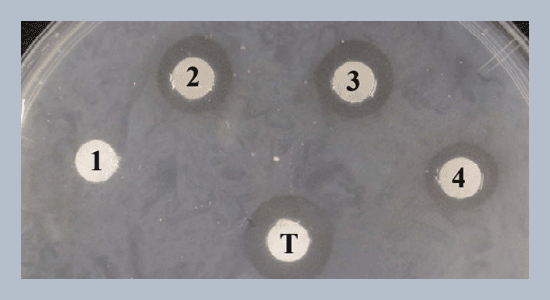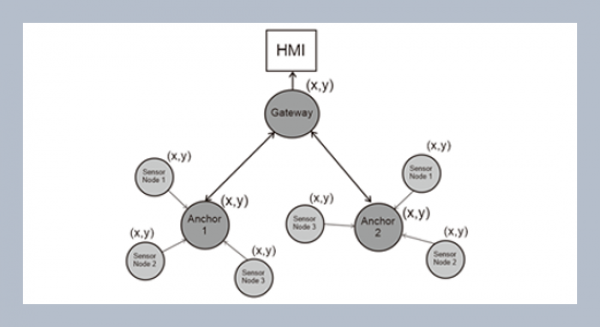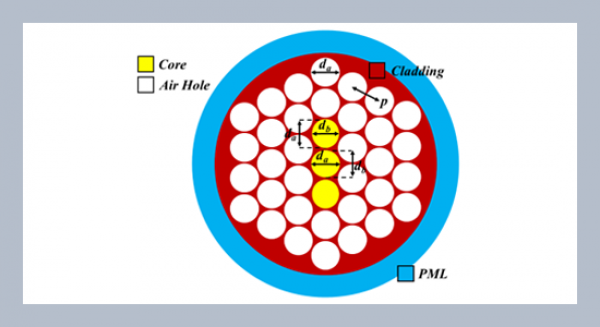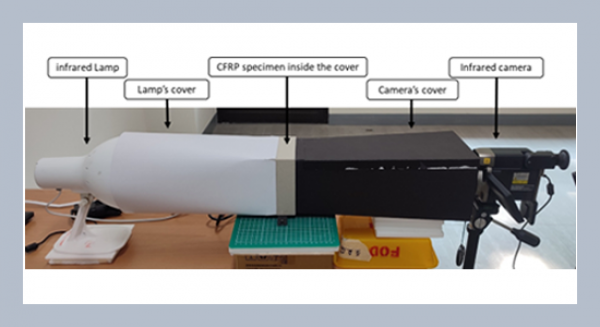REFERENCES
- [1] Spellman, D. McEvoya, E., O’Cuinn, G., and FitzGerald, R. J. 2003. Proteinase and exopeptidase hydrolysis of whey protein: Comparison of the TNBS, OPA and pH stat methods for quantification of degree of hydrolysis. International Dairy Journal, 13: 447-453.
- [2] Zheng, X. Q., Li, L. T., Liu, X. L., Wang, X. J., Lin, J., and Li, D. 2006. Production of hydrolysate with antioxidative activity by enzymatic hydrolysis of extruded corn gluten. Applied Microbiology and Biotechnology, 73: 763-770.
- [3] Frokjaer, S. 1994. Use of hydrolysates for protein supplementation. Food Technology, 48: 86-88.
- [4] Bautista, J., Corpas, R., Cremades, O., Hernandez-Pinzon, I., Romos, R., Villaneuva, A., Sanchez-Vioque, R., Clemente, A., Pedroche, J., Vioque, J., Parrado, J., and Millan, F. 2000. Sunflower protein hydrolysates for dietary treatment of patients with liver failure. Journal of the American Oil Chemists’ Society, 77: 121-126.
- [5] Tong, L. M., Sasaki, S., McClements, D. J., and Decker, E. A. 2000. Mechanisms of the antioxidant activity of a high molecular weight fraction of whey. Journal of Agriculture and Food Chemistry, 48: 1473-1478.
- [6] Kong, B. H., and Xiong, Y. L. 2006. Antioxidant activity of zein hydrolysates in a liposome system and the possible mode of action. Journal of Agriculture and Food Chemistry, 54: 6059-6068.
- [7] Sakanaka, S., and Tachibana, Y. 2006. Active oxygen scavenging activity of egg-yolk protein hydrolysates and their effects on lipid oxidation in beef and tuna homogenates. Food Chemistry, 95: 243-249.
- [8] Saiga, A., Tanabe, S., and Nishimura, T. 2003. Antioxidant activity of peptides obtained from porcine myofibrilar proteins by protease treatment. Journal of Agriculture and Food Chemistry, 51: 3661-3667.
- [9] Klompong, V., Benjakul, S., Kantachote, D., and Shahidi, F. 2007. Antioxidative activity and functional properties of protein hydrolysate of yellow stripe trevally (Selaroides leptolepis) as influenced by the degree of hydrolysis and enzyme type. Food Chemistry, 102: 1317-1327.
- [10] Jun, S. Y., Park, P. J., Jung, W. K. and Kim, S. K. 2004. Purification and characterization of an antioxidative peptide from enzymatic hydrolysate of yellowfin sole (Limanda aspera) frame protein. European Food Research and Technology, 219: 20-26.
- [11] Sathivel, S., Bechtel, P. J., Babbitt, J., Smiley, S., Crapo, C., and Reppond, K. D. 2003. Biochemical and functional properties of herring (Clupea harengus) byproduct hydrolysates. Journal of Food Science, 68: 2196-2200.
- [12] Wu, H. C., Chen, H. M., and Shiau, C. Y. 2003. Free amino acids and peptides as related to antioxidant properties in protein hydrolysates of mackerel (Scomber austriasicus). Food Research International, 36: 949-957.
- [13] Maillard, M. N., Soum, M. H., Meydani, S. N., and Berset, C. 1996. Antioxidant activity of barley and malt: Relationship with phenolic content. Food Science and Technology, 29: 238-244.
- [14] Dong, S., Zeng, M., Wang, D., Liu, Z, Zhao, Y., and Yang, H. 2008. Antioxidant and biochemical properties of protein hydrolysates prepared from Silver carp (Hypophthalmichthys molitrix). Food Chemistry, 107: 1485-1493.
- [15] Kinsella, J. E., and Mohite, R. R. 1985. The physicochemical characteristics and functional properties of sesame proteins. In New Protein Foods; Altsechull, A. M. and Wilcke, H. L., eds.; Academic Press: New York; Vol. 5, pp 435-456.
- [16] Bandyopadhyay, K., and Ghosh, S. 2002. Preparation and characterization of papain-modified sesame (Sesamum indicum ) protein isolates. Journal of Agricultural and Food Chemistry, 50: 6854-6857.
- [17] Kuehler, C. A., and Stine, C. M. 1974. Effect of enzymatic hydrolysis on some functional properties of whey protein. Journal of Food Science, 39: 379-382.
- [18] Costa, E. L., Rocha Gontijo, J. A., and Netto, F. M. 2007. Effect of heat and enzymatic treatment on the antihypertensive activity of whey protein hydrolysates. International Dairy Journal, 17: 632-640.
- [19] Alder-Nissen, J. 1979. Determination of the degree of hydrolysis of food protein hydrolysates by trinitrobenzenesulfonic acid. Journal of Agriculture and Food Chemistry, 27: 1256-1262.
- [20] Thiansilakul, Y., Benjakul, S., and Shahidi, F. 2007. Compositions, functional properties and antioxidative activity of protein hydrolysates prepared from round scad (Decapterus maruadsi) Food Chemistry, 103: 1385-1394.
- [21] Laemmli, U. K. 1970. Cleavage of structural proteins during the assembly of the head of bacteriophage T4. Nature, 227: 680-685.
- [22] Koca, H., Bor, M., Özdemir, F., and Türkan, İ. 2007. The effect of salt stress on lipid peroxidation, antioxidative enzymes and proline content of sesame cultivars. Environmental and Experimental Botany, 60: 344-351.
- [23] Steel, R. G. D., and Torrie, J. H. 1980. Principles and procedures of statistics. A biometrical approach (2nd). New York: McGraw-Hill.
- [24] Zheng, X. Q., Lim L. T., Liu, X. L., Wang, X. J., Lin, J., and Li, D. 2006. Production of hydrolysate with antioxidative activity by enzymatic hydrolysis of extruded corn gluten. Applied Microbiology and Biotechnology, 73: 763-770.















